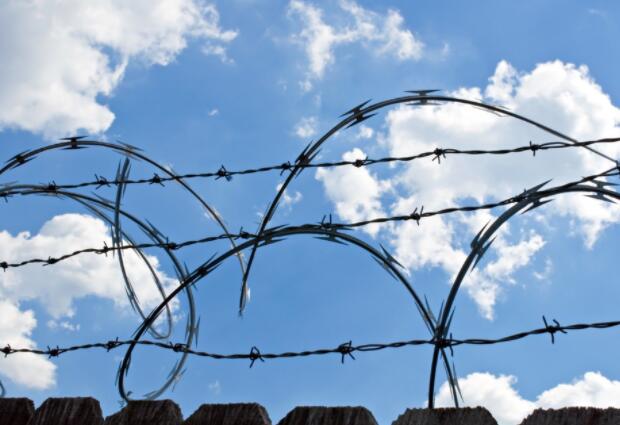The Barbed Wire A Symbol of Division and Protection
Barbed wire, an unassuming yet powerful tool, has played a significant role in shaping human history, society, and landscapes since its invention in the late 19th century. Originally designed for agricultural purposes, it soon became a symbol of division, protection, and conflict across the globe. The simple design, featuring sharp metal spikes, has profound implications that extend beyond its physical attributes.
The Barbed Wire A Symbol of Division and Protection
However, the utility of barbed wire soon transcended its agricultural roots. As tensions escalated in the early 20th century, particularly during World War I and II, barbed wire came to symbolize militarization and conflict. It was frequently used in the trenches as a means to protect soldiers from enemy attacks. The presence of barbed wire fences on battlefields became a stark reminder of the horrors of war, representing not only physical barriers but also the emotional and psychological divides between nations and peoples.
the barbed wire

Moreover, barbed wire has been utilized in various contexts of social control and segregation. It has served as a cornerstone of imprisonment during times of political strife, used to confine dissenters in various regimes. Notably, its use in concentration camps during the Holocaust remains one of the darkest chapters in human history. The grotesque application of barbed wire in such settings underscores its ability to embody oppression and fear, stretching far beyond its intended purpose of protection.
Despite its negative connotations, barbed wire also carries dual meanings. In some circumstances, it serves as a critical measure for safety and security. For instance, it is often utilized in areas where wildlife poses threats to human habitation. Barbed wire fences are constructed to keep predators away from livestock or to protect crops from foraging animals. This duality reflects the complex nature of human interactions with the environment—a continuous balancing act between protection and confrontation.
In the contemporary era, the use of barbed wire has evolved to symbolize various socio-political issues, particularly concerning migration and national borders. As countries grapple with the challenges of immigration, barbed wire fences have become a tangible representation of exclusion. These barriers serve to dissuade migrants seeking asylum and a better life, embodying the division between privilege and desperation. The image of migrants facing barbed wire resonates globally, provoking discussions about human rights, empathy, and the responsibilities of nations toward those in need.
In conclusion, while barbed wire is often perceived as a simple tool for enclosures, its implications are vast and multifaceted. It has sculpted landscapes, influenced societal structures, and represented both security and oppression. As we move forward, it is crucial to recognize the symbolic weight carried by barbed wire in our global dialogue on conflict, security, and humanity. The presence of this seemingly ordinary object invites us to reflect on our past and the barriers—both physical and ideological—we continue to construct in our world today.

















